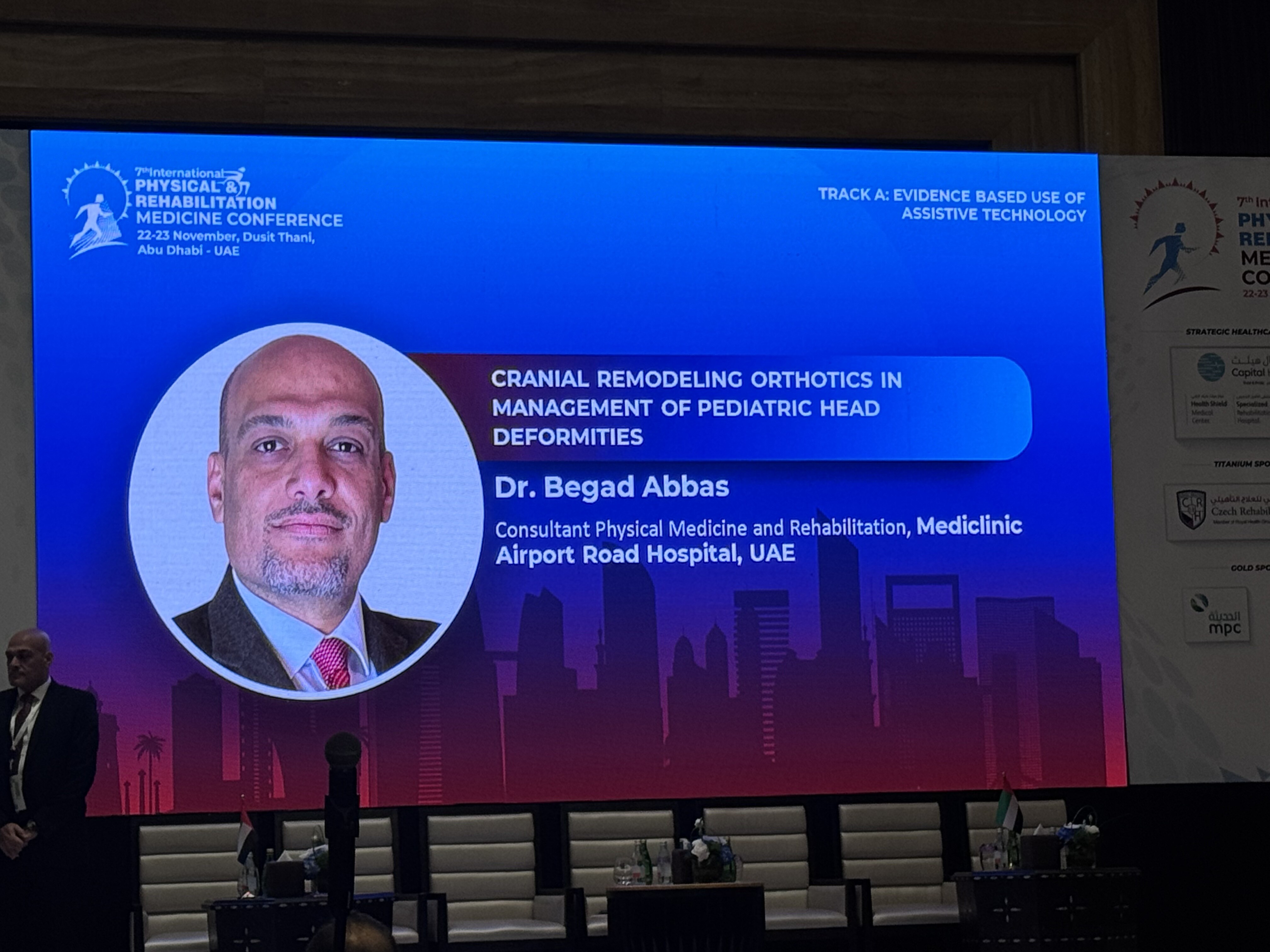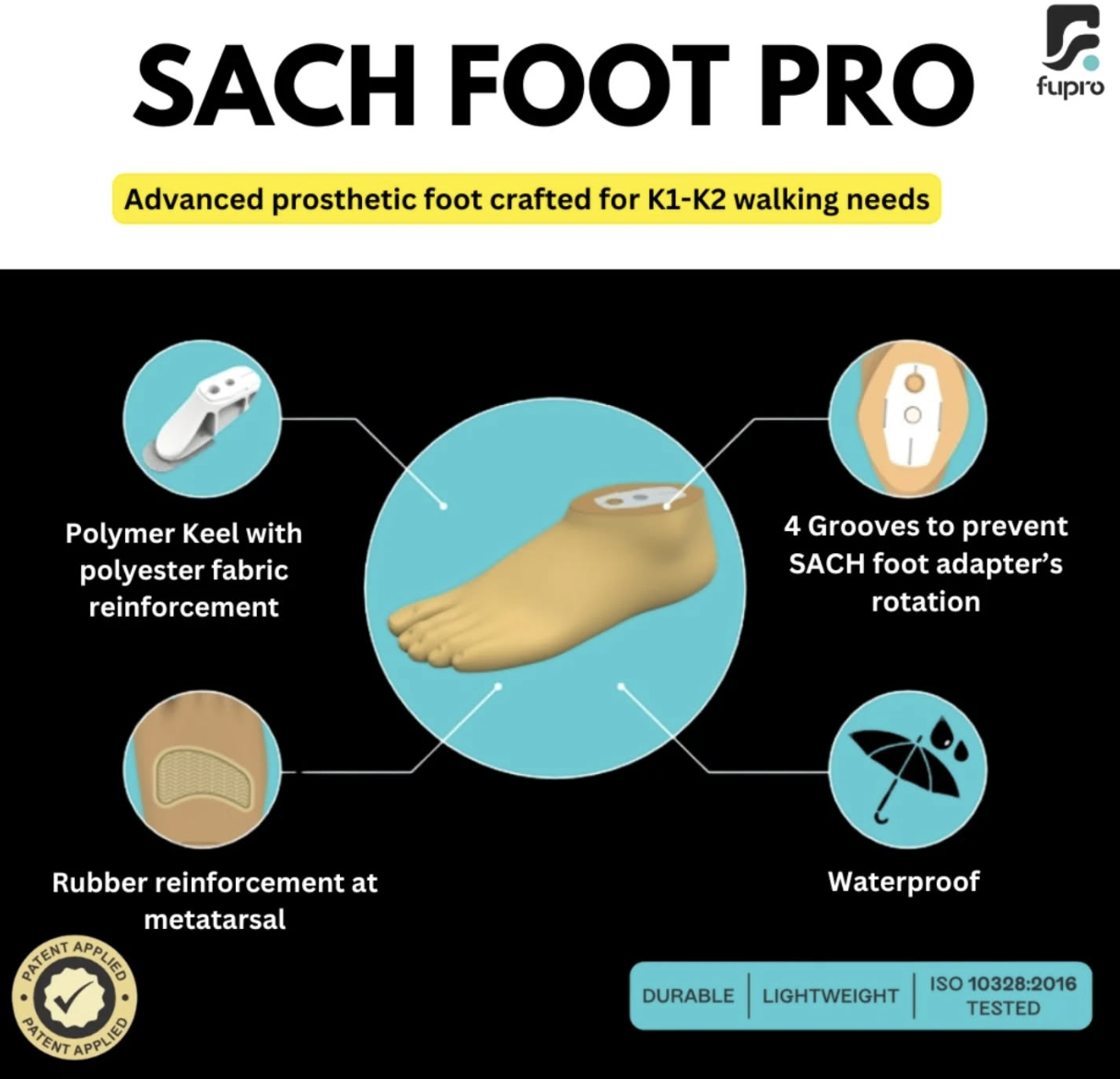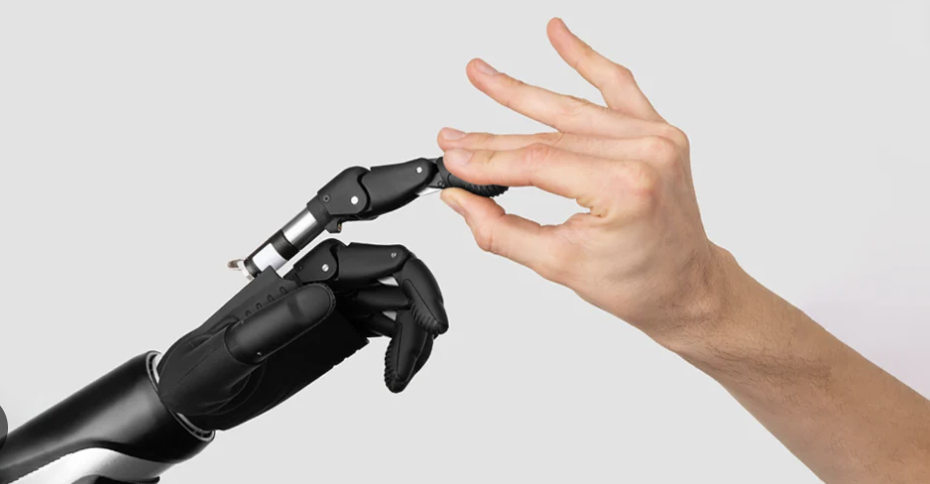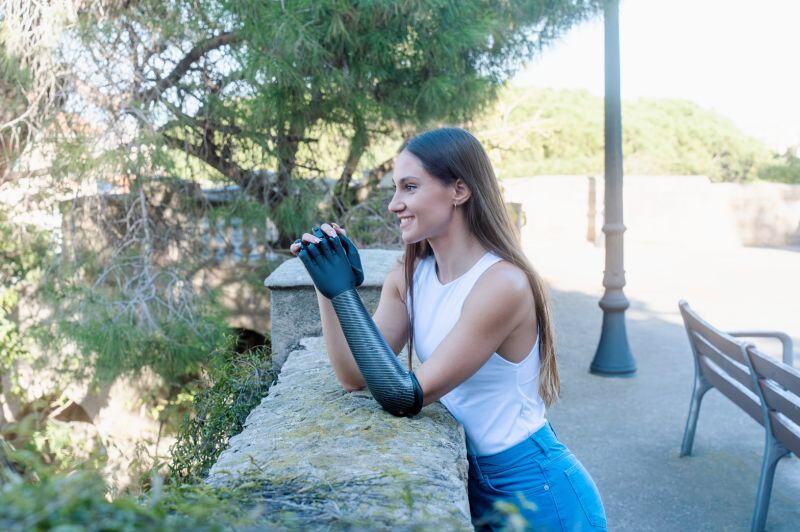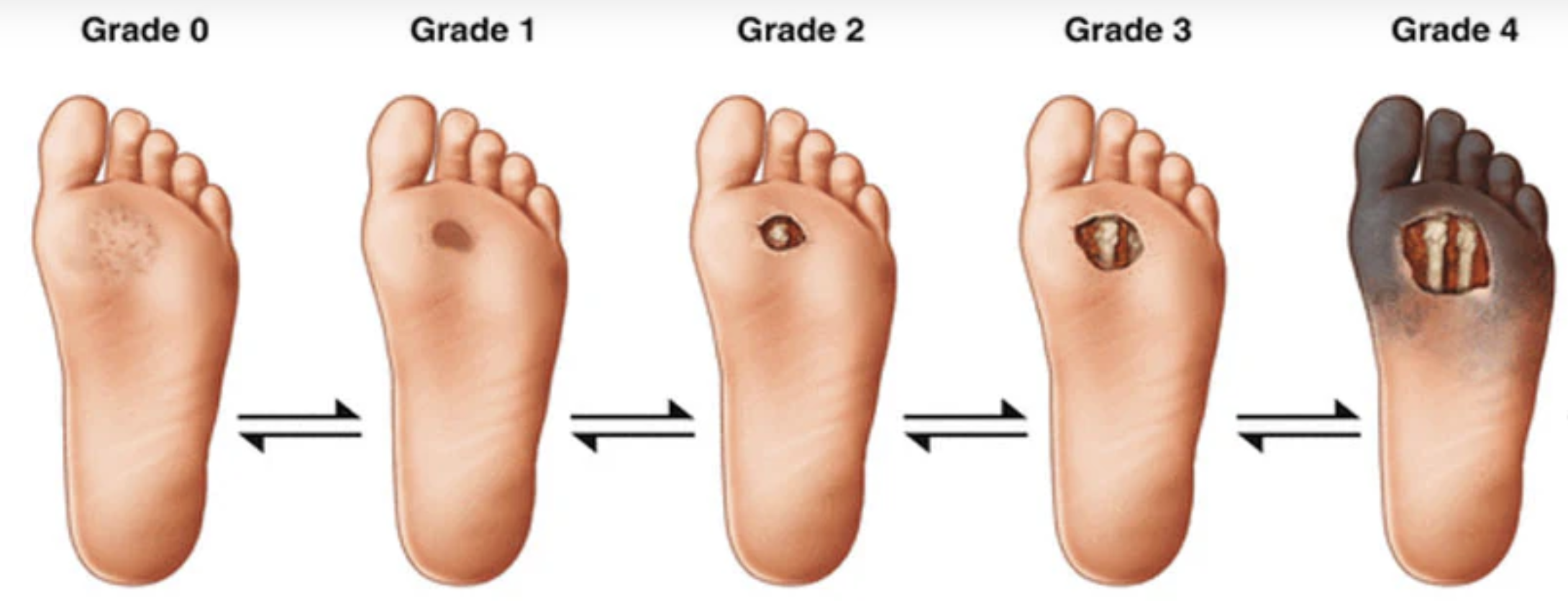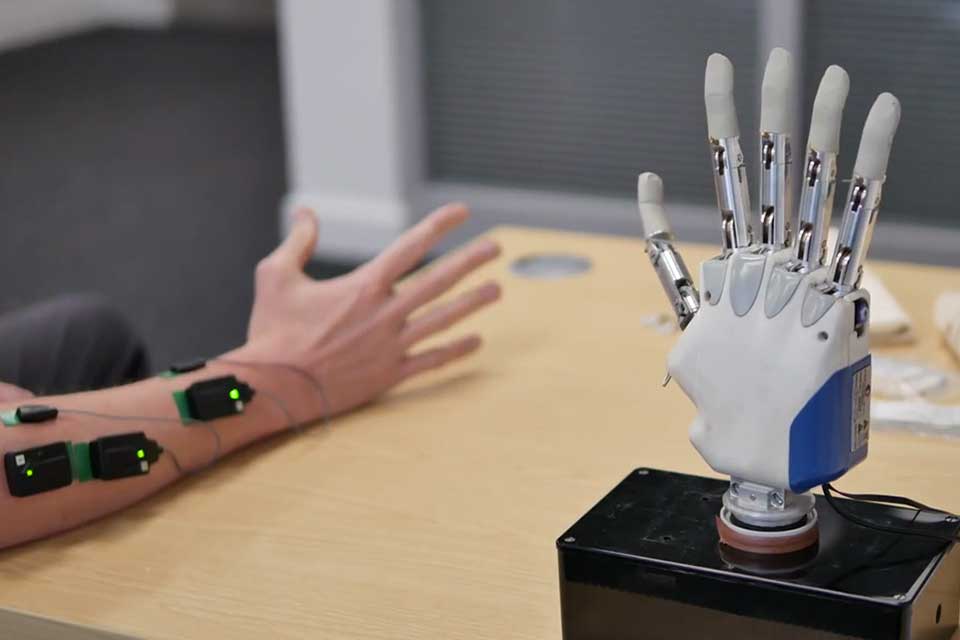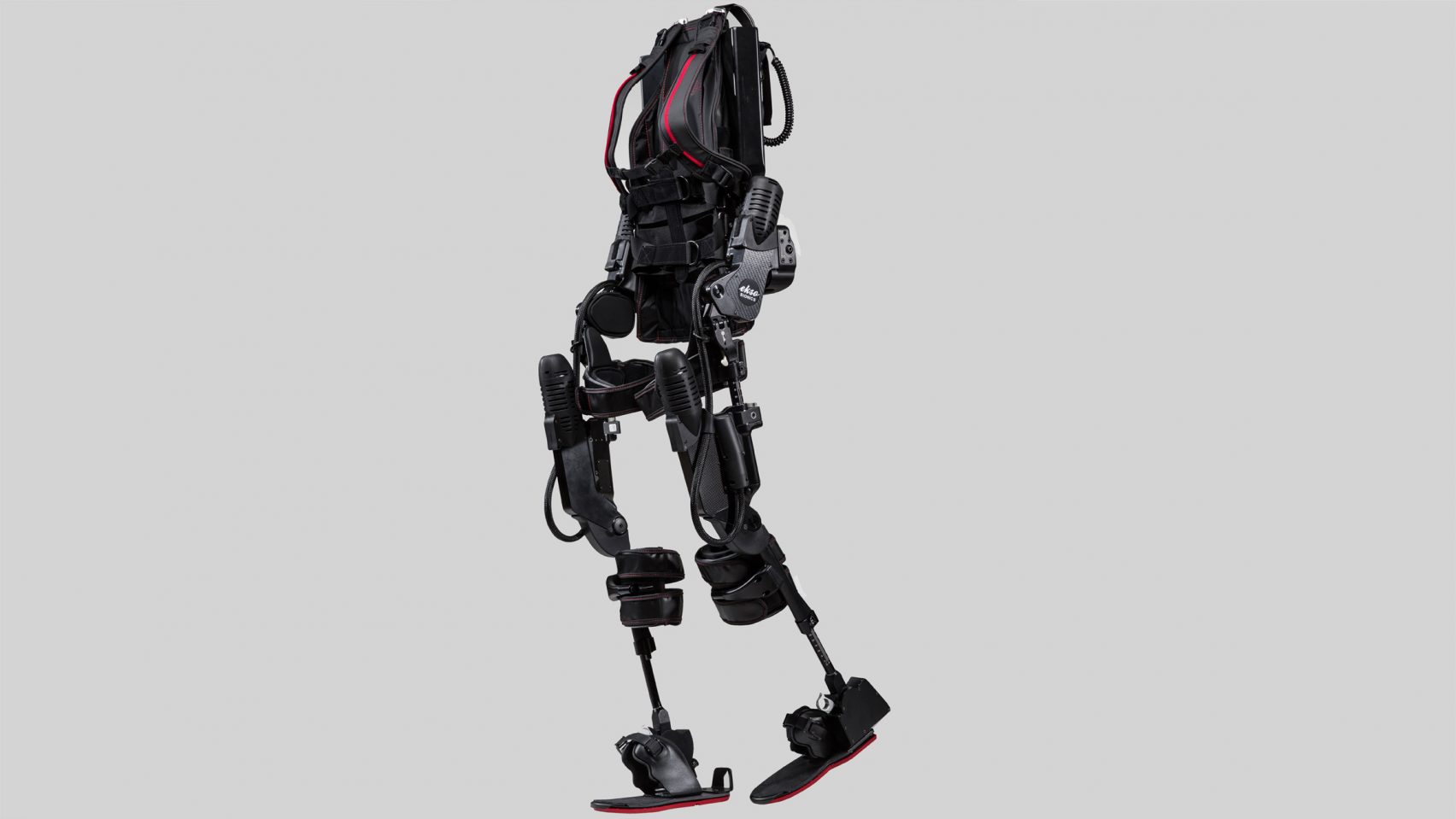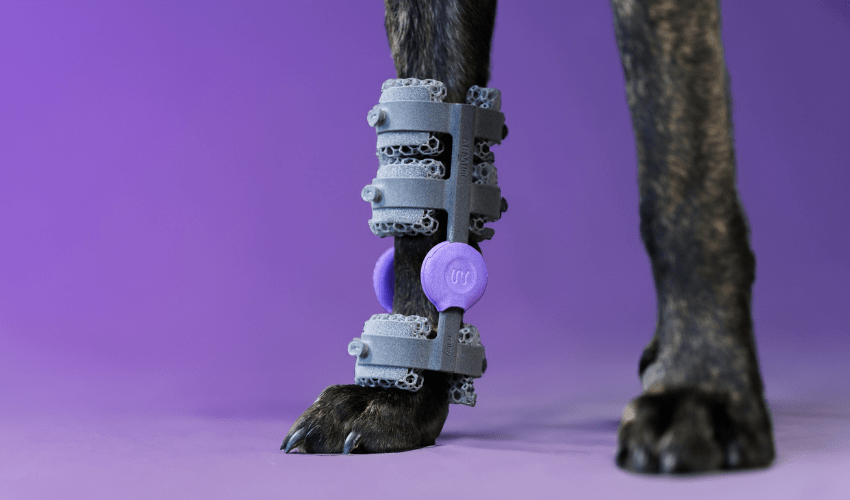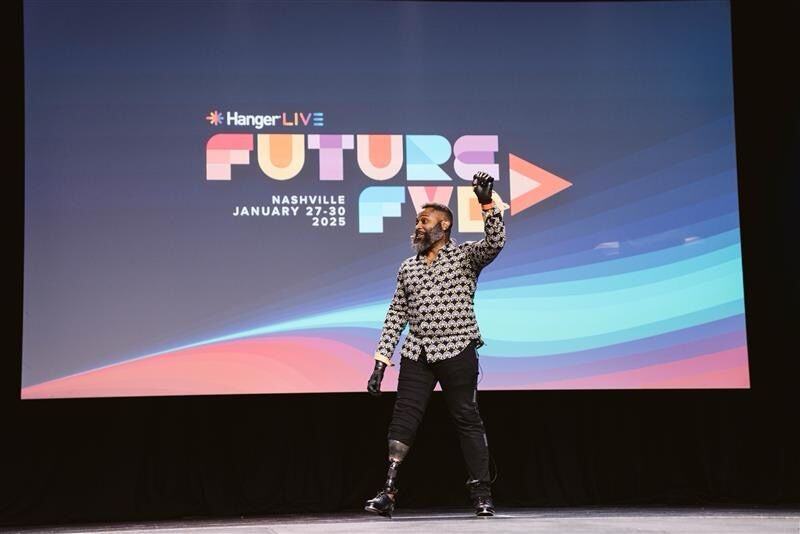Dr Begad Abbas today spoke about Cranial remoulding orthoses cases at the IPRM Conference in Abu Dhabi and how local Abu Dhabi insurance now covers Cranial helmets with a Starband 3D scanning report.

Deformational plagiocephaly (also known as Flat Head Syndrome) is an abnormal shape of a baby’s head caused by external forces. The baby’s head may appear to be misshapen or asymmetrical immediately after birth, or the abnormal shape may become noticeable in the first few months of life. Parents, grandparents, and caregivers are often the first to notice the head’s unusual shape and usually bring it to the pediatrician’s attention during a regular visit.

Before Starband Treatment

After Starband Treatment
What can cause plagiocephaly?
There are several causes of deformational plagiocephaly, and some of them occur before the baby is even born. Restricted space inside the mother’s womb can create excessive contact in some regions of the baby’s head. This contact is often the cause of deformation in babies positioned in a breech position, cramped in utero due to multiple fetuses, or babies who spend excessive time with the head confined in the birth canal. Suction or vacuum instruments can also create forces that can deform the soft and pliable newborn skull. The skulls of premature babies are particularly susceptible to deformation because the bone is thinner and more fragile than the skull of full-term babies.
What can I do if my baby has plagiocephaly or another unusual head shape?



The drawings above show a baby’s head shape with plagiocephaly. The red dotted line represents a normal head shape.
The first thing you can do is talk to your pediatrician about your baby’s head. The American Academy of Pediatrics (AAP) suggests that Pediatricians evaluate the baby’s head at each visit from the top, sides, front, and back. The AAP also recommends that the physician talk to families about how to move the baby into many different positions during the day and stress the importance of “tummy time” whenever the baby is awake and supervised.*
Suppose your baby is diagnosed with deformational plagiocephaly, brachycephaly, or scaphocephaly and is between the ages of 3 and 18 months. In that case, your pediatrician or specialist may refer you to a practitioner who specializes in providing plagiocephaly helmet therapy. Each Starband cranial remolding orthosis is custom-made of plastic and foam to gently correct your baby’s head shape as they grow.
What role does the orthotist play?
Cranial clinicians have provided cranial remolding orthoses since 1979. These health care professionals maintain high standards of continuing education through national certifying bodies, and many have specialized pediatric orthotic practices. These practitioners bring value to the orthotic treatment program with a strong background in anatomy, biomechanics, material science, and patient care. They work closely with other craniofacial team members to help your baby achieve optimal correction and results with helmet therapy.

Starband Clinician and Patient
Who are the treatment experts?
Orthomerica developed the Allstar clinical network to recognize and promote the clinical expertise of orthotic clinicians who specialize in plagiocephaly. Read More
* American Academy of Pediatrics, Prevention and Management of Positional Skull Deformities in Infants, July 2003
